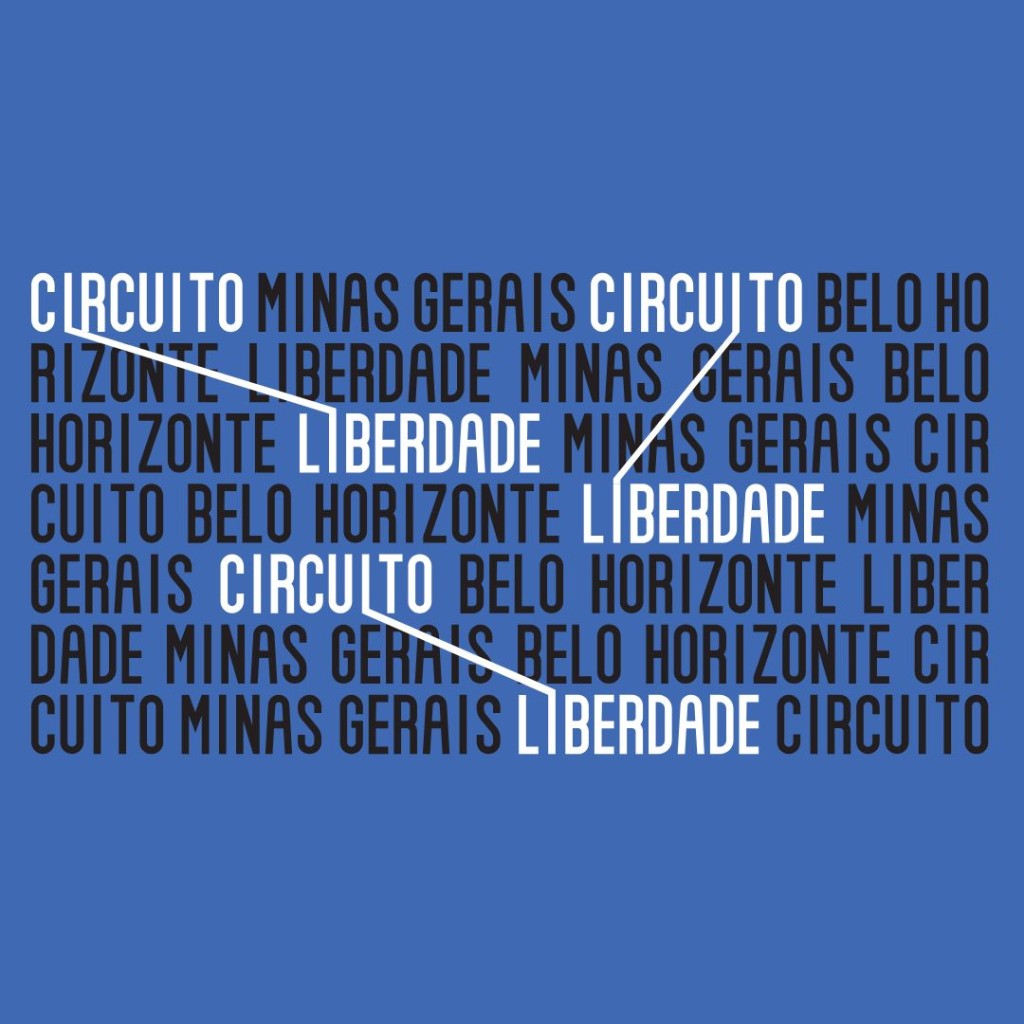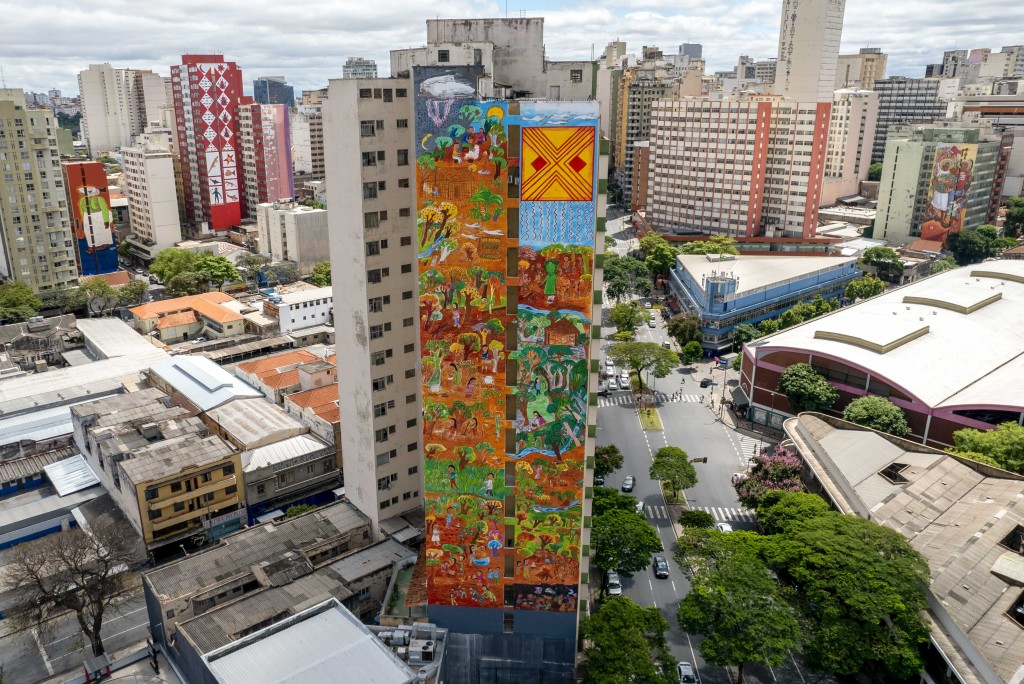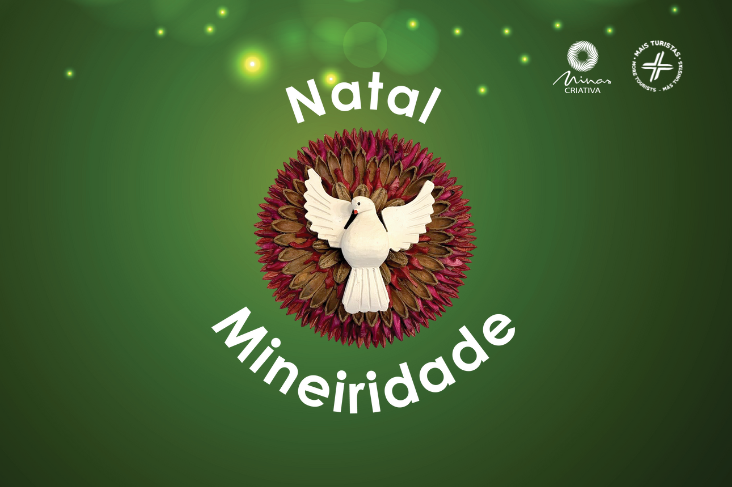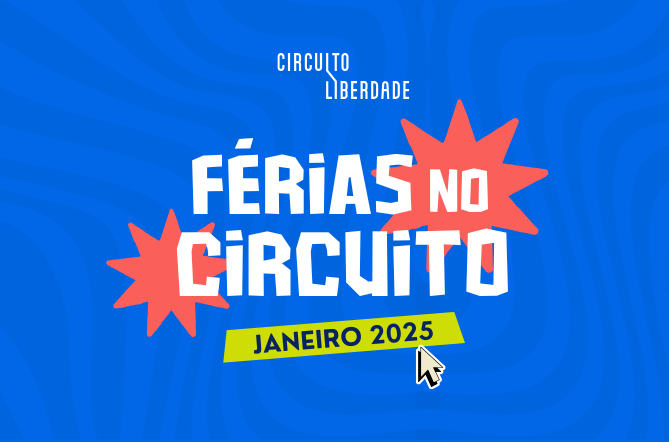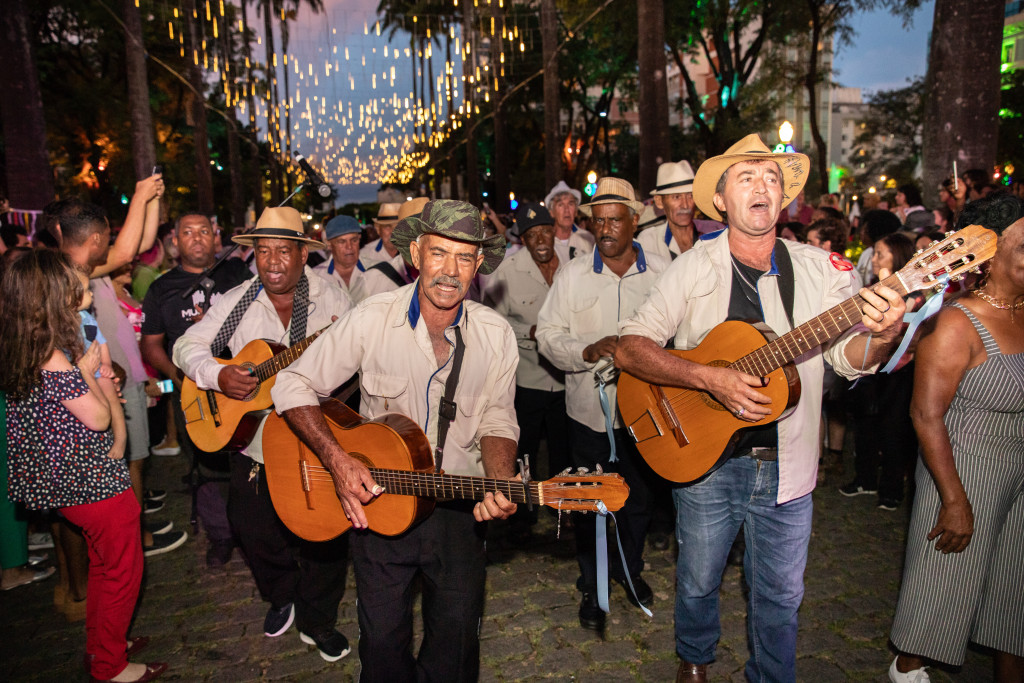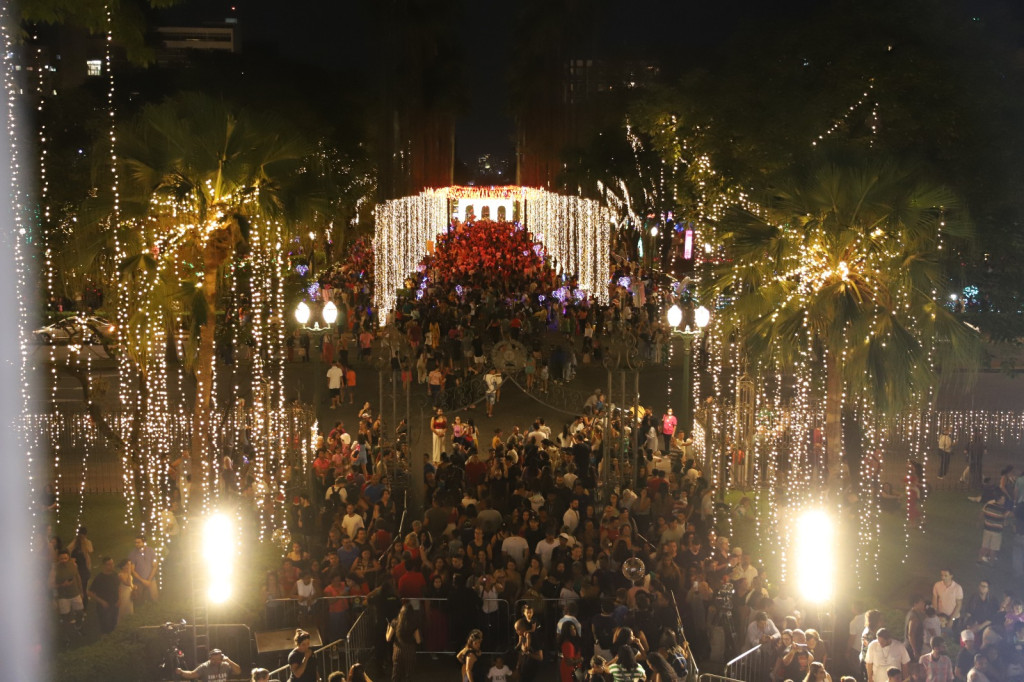Freedom Concerts: Legendary Women
In 2023, the Minas Gerais Symphony Orchestra will have, for the first time in its history, a woman as its principal conductor, the conductor and musical director of the OSMG, Ligia Amadio.
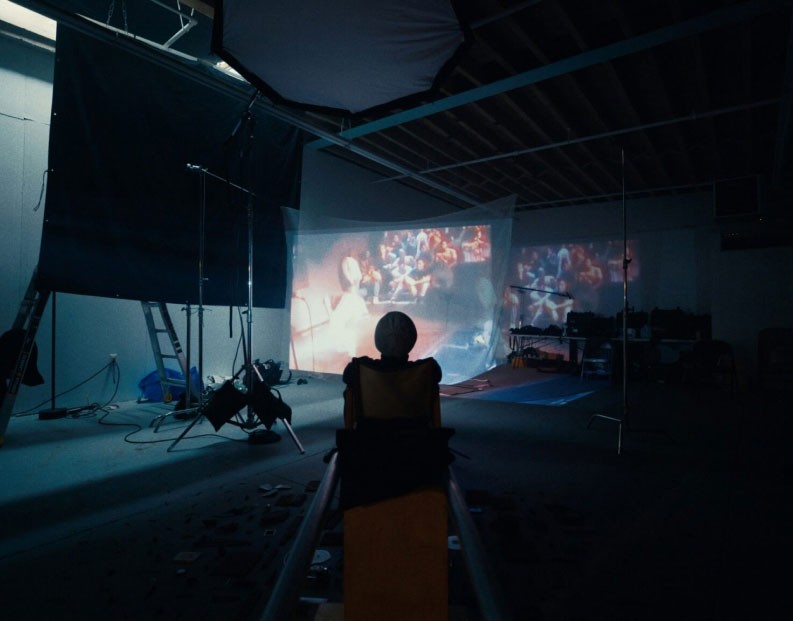
Exactly one year later, the Orchestra once again reinforces the female protagonism by presenting a show built around the works of two composers from Minas Gerais: Maria Helena Rosas Fernandes, born in Brazópolis, and Dinorá de Carvalho, born in Uberaba. The piano concerto will feature Simone Leitão, a pianist from Minas Gerais from the municipality of Caratinga, as soloist. Ligia Amadio will be conducting.
On March 7, Thursday, an open rehearsal will be presented to the public at noon, with part of the program and free admission. The concert will be on March 8, Friday, at 8 pm, at the Grande Teatro Cemig Palácio das Artes, with tickets starting at 15 reais.
The Ministry of Culture, the Government of Minas Gerais and the State Secretariat of Culture and Tourism of Minas Gerais, through the Clóvis Salgado Foundation, present “Concertos da Liberdade – Mulheres Lendárias”. The activities of the Clóvis Salgado Foundation are Master Sponsored by Cemig and the Vale Cultural Institute, Prime Sponsored by the Unimed-BH Institute and ArcelorMittal, and Co-sponsored by APPA – Art and Culture. Federal Government. Brazil – Union and Reconstruction.
"I have worked with Flatpage on a variety of writing projects over several years. Insightful feedback has strengthened my writing and made it more impactful. Project turnaround is extremely fast, and I am always impressed by the professionalism of the team."
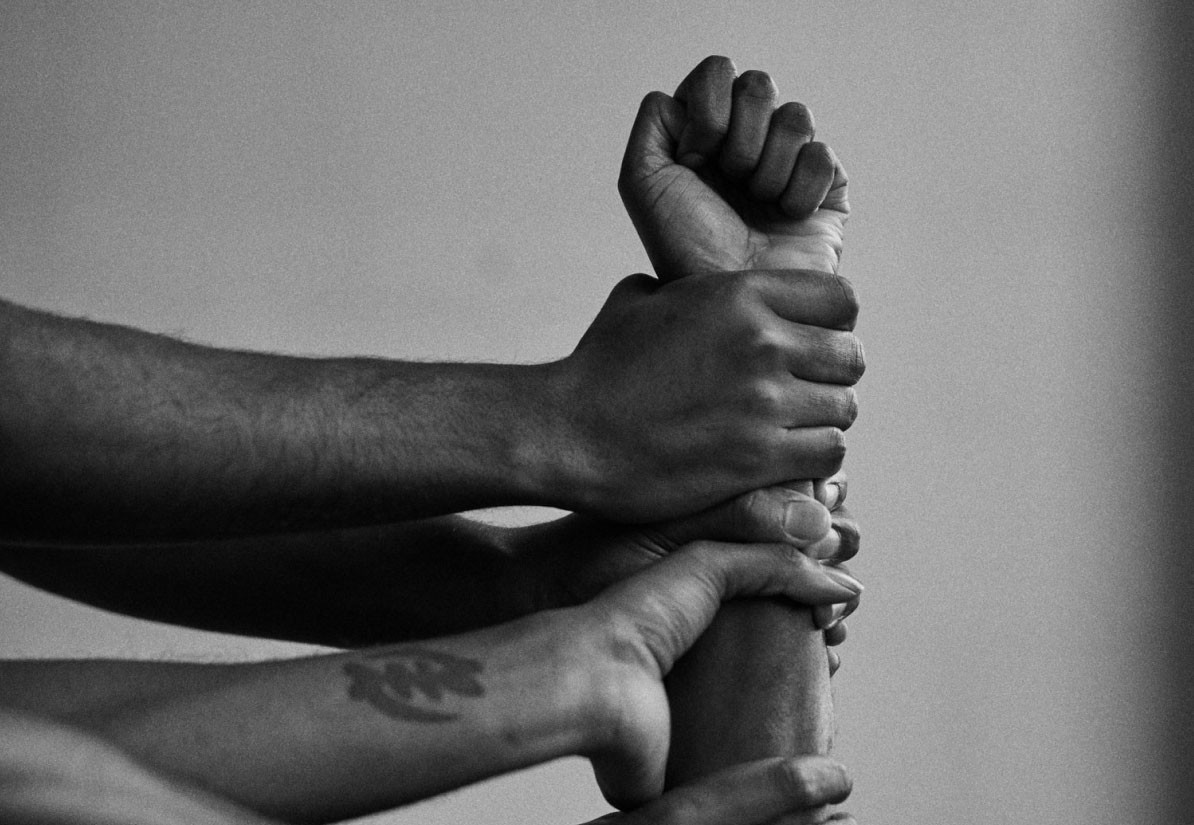
1. Highlight materials and technique
If the work stands out because of the artist’s/maker’s technical mastery or distinctive use of technique or medium, be sure to direct the viewer’s attention there. But rather than simply stating that the work is a particularly good example of a technique, consider pointing to particular details that set it apart. Whether it’s noticing brushwork or observing the shape of ceramics, let the viewer join you in appreciating what exactly makes the work special. You can cultivate an audience by helping them better understand why they enjoy and admire certain works more than others.
If the viewer needs in-depth explanations to understand technical details, however, make sure these are explained in an introductory text or separate explanation. Don’t overload a work description with terms the viewer has to look up.
2. Tell the artist’s or maker’s story
Does this work reveal something interesting about the person or people who created it? Avoid drawing straight lines from biography to work that suggest life experiences automatically produce something (e.g., “She experienced X, and so she created Y.”). If there’s a story connecting the person and the object, then share it. Use specifics to give a nuanced picture of the transformation of experience through art or artisanry.
3. Find the people
Perhaps we don’t know much about the person behind the object or the particular circumstances of the work’s creation. But we’re all drawn to a human story, even if it is full of gaps. Can we find in the work a connection to the people who would have owned it or used it before? Is there a human story suggested by the specific details of its subject matter? Or where can we see that the work tries to provoke, engage, or mirror a certain kind of viewer?
The supporting text can highlight details that reveal something about the human history of the work, the populated world from which it emerged, and the emotions that surround it.
4. Follow an idea
Every well-planned exhibit has a few unifying ideas. Of course, you should know what you’d like visitors to understand. But make sure that you keep the most general ideas in the introductory text and use the texts supporting specific works to present the details. The unifying idea of the exhibit should be clear enough that it is simple to connect each item to it without too much additional explanation. And the texts for individual items shouldn’t be padded with general statements that could be as easily applied to any of the other works in the room.
-
Memorial Minas Vale
R. Adriano Chaves e Matos, 100 -
Centro Cultural Banco do Brasil
Praça da Liberdade, 640 -
Casa FIAT de Cultura
Praça da Liberdade, 10 -
Espaço do Conhecimento UFMG
R. Almirante Cochrane, 34 -
Palácio da Liberdade
Praça da Liberdade, 640
A exposição conta a história de Ouro Preto, a partir da perspectiva de três personagens reais que viveram na cidade e que tiveram o “coração partido” por decepções amorosas e outras mazelas: Maria Doroteia Joaquina de Seixas, conhecida como Marília de Dirceu, Dona Olympia e Guignard. As histórias são enredadas pelos contos do escritor e jornalista mineiro Paulo Mendes Campos. Os três moradores icônicos de Ouro Preto chegam à mostra, em Belo Horizonte, por meio de 22 obras que expressam algo diferente do saber histórico, inspiradas por escritos de Paulo Mendes Campos, com referenciais no amor, na frustração amorosa, na busca de saídas para as dores subjetivas e na solidão.

